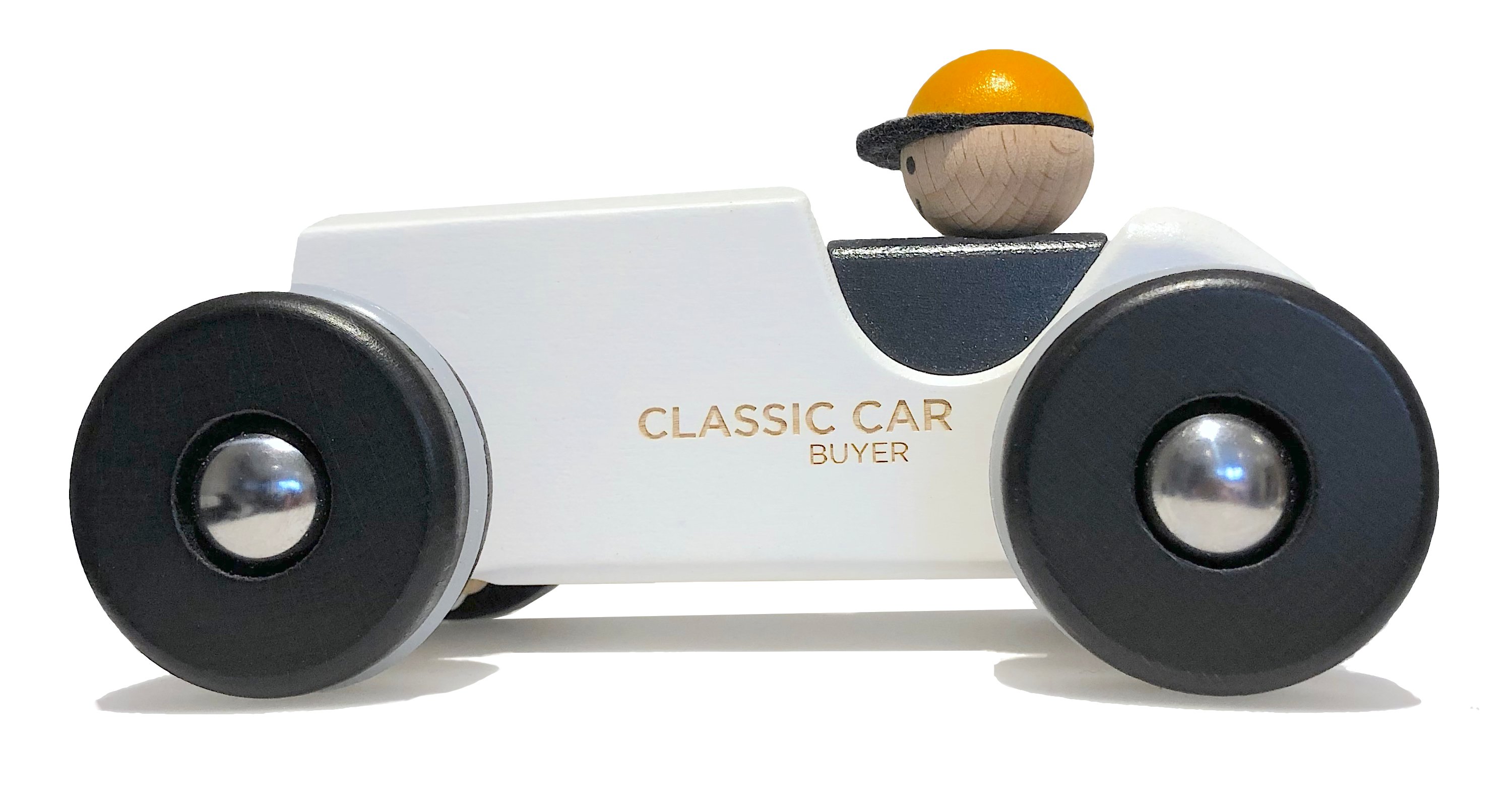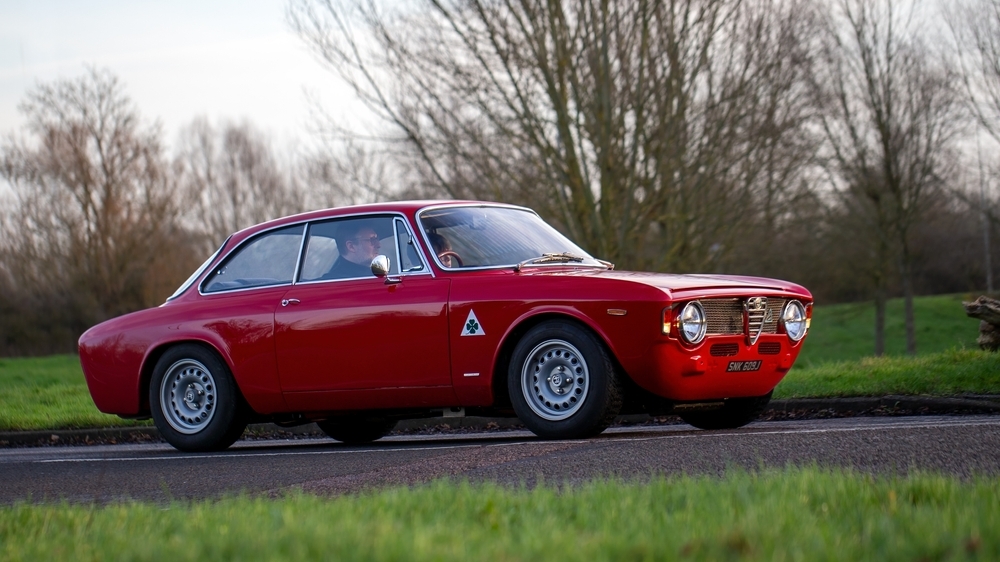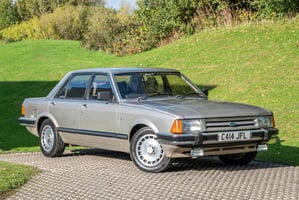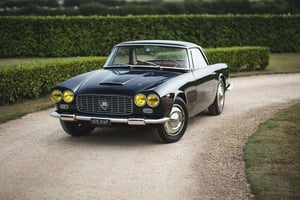When it comes to classic American muscle cars, few names command as much respect as the Pontiac...
Few names in the world of cars stir the soul quite like Alfa Romeo, and among its many iconic creations, the Giulia Sprint GT stands as a shining example of Italian style, racing pedigree and engineering innovation. From its earliest incarnation in the 1960s to its modern reinterpretations, the Sprint badge has certainly come to symbolise pure class on wheels.
Let’s have a look at the captivating story of the Giulia Sprint GT, from its origins, its evolution, and what set it apart from its contemporaries.

From the beginning…
It wasn’t until 1962 that the Giulia name was officially introduced, signalling the next chapter in Alfa Romeo’s compact GT lineage.
The Giulia Sprint GT traces its roots to the post-war boom of the 1950s, a period that saw Alfa Romeo transition from crafting high-end, hand-built vehicles to mass-producing sports cars for the emerging middle class.
The original Giulia Sprint GT made its debut in 1963 at the Frankfurt Motor Show and the car instantly captured attention with its curvaceous lines and compact proportions. The Sprint GT adopted a more powerful engine and a slightly larger frame than many of the Alfa Romeo cars that came before it. It did, however, retain the unmistakable Italian styling of Alfa Romeo - and the success of the earlier Giulietta models and the Spider, Sprint and Sprint Speciale Giulias.
A touch of engineering excellence
The Alfa Romeo Giulia Sprint GT is a sport coupe version of the standard Alfa Romeo Giulia. What truly set the Sprint GT apart from the competition of the day was its engineering. Under the bonnet lay a 1.6-litre twin-cam inline four engine - a marvel at the time for its performance and responsiveness. With Dunlop disc brakes, a pair of Weber 40DCOE4 carburettors, a five-speed manual gearbox and a really lightweight body, the Sprint GT delivered a driving experience far ahead of its era.
In its original form, the Bertone body is known as scalino (step) or 'step front', because of the leading edge of the engine compartment lid which sat 1cm above the nose of the car. The Giulia Sprint GT can be distinguished from the later Alfa Romeo models by its exterior badging of a) the Alfa Romeo logo on the front grille and b) a chrome script of ‘Giulia Sprint GT’ on the boot.
The seats were vinyl, with cloth centres, although you could pay more for leather with the Bertone De Luxe body, and there was a fully carpeted floor included as standard. The windscreen wipers were quirky, as they overlapped in the middle with their 'arms folded' but the movement was beautifully choreographed.
The term ‘Sprint’ wasn’t just a catchy name. Alfa Romeo reserved it for models that delivered a sportier, performance-focused character, and this one certainly did - with a top speed of 113 mph, and 0-60 mph in 11.2 seconds.

What's happening with it now?
While the original Giulia Sprint GT ceased production in 1965, the spirit of the car definitely lives on. In 2015, Alfa Romeo reintroduced the Giulia nameplate, with the Quadrifoglio variant offering blistering performance from a Ferrari-derived 2.9-litre twin-turbo V6. Though the modern car doesn’t officially bear the Sprint badge, limited-edition trims and special models have occasionally paid homage to the original Sprint ethos.
In 2020, Alfa revived the Sprint name for select trims in European markets, aiming to evoke the sporty DNA of its forebears. With sharp styling, rear-wheel drive and a focus on driver engagement, these models represent a modern take on a classic idea.

Quite a legacy, no? As the forefather of many a further iteration, the Alfa Romeo Giulia Sprint GT is definitely a symbol of Italian automotive artistry, delivering a rare blend of both beauty and brawn - we think it’s quite a car, indeed!







